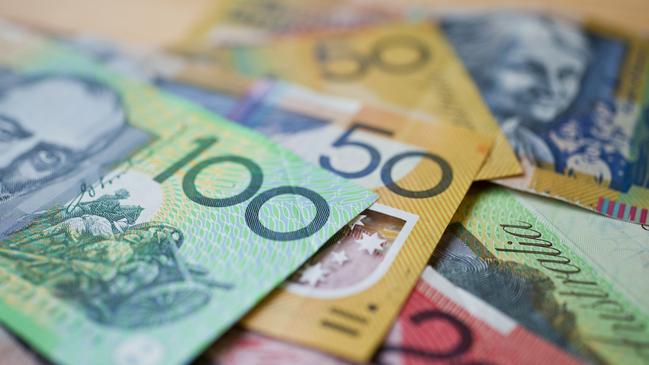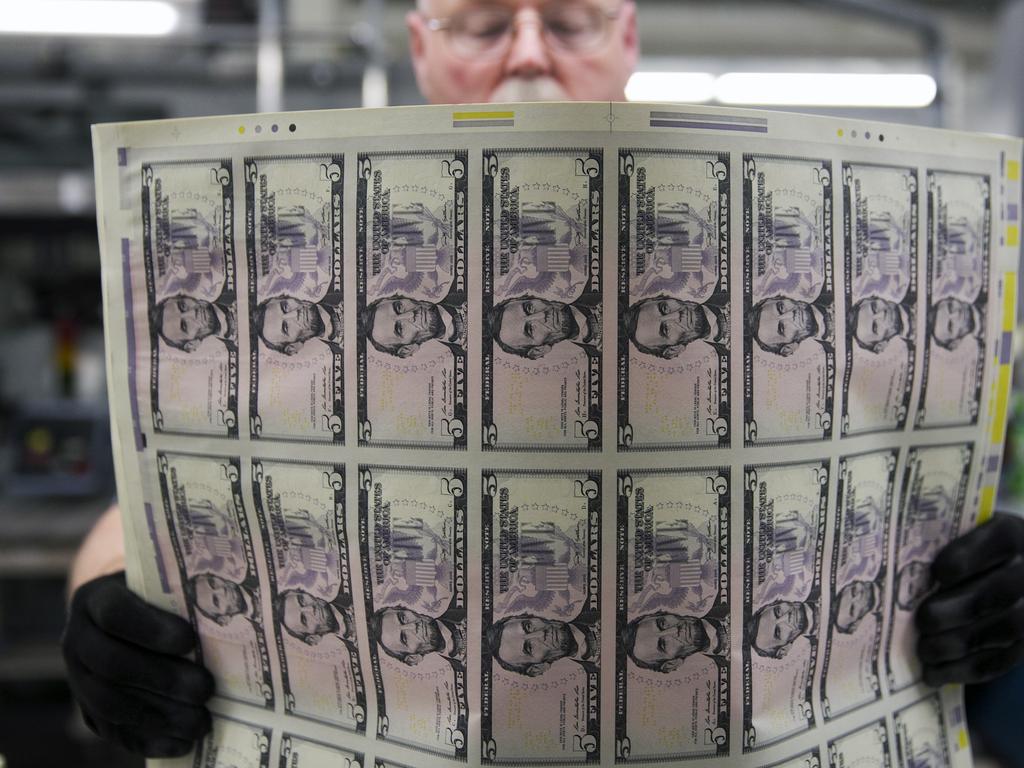
Modern Monetary Theory, a set of ideas with growing appeal, especially on the left of politics, posits a third way: simply creating money. Governments can instruct their central banks to create money, which their treasuries can spend on whatever they want, ideally soaking up spare capacity in the economy, so the argument goes. It would be wonderful were this true, but there is no third way.
MMT is the left-wing version of the extreme supply-side economics of the 1980s that propounded that government could raise tax revenue by lowering taxes.
If there really were a costless way to finance government spending it would have been discovered by now. In the economic menu of life there are lunches of varying costs, but there are still no free ones. “Money creation” is just another form of borrowing.
Imagine the government made JobKeeper payments without issuing bonds or raising taxes. The Reserve Bank would have to “create money” by making a loan to the Treasury, recording it as an asset. At the same time these billions in JobKeeper payments would be recorded as an increase in the value of banks’ deposits held with the Reserve Bank, an offsetting liability of the Reserve Bank.
The private banks in turn would allocate these payments to their customers’ deposit accounts.
The recipients could spend their JobKeeper payments as they wished, causing money to shift among banks, but in aggregate the banking system cannot get rid of the additional money.
Meanwhile, the central bank must pay interest on commercial banks’ deposits. So what started out looking like “money creation” ended up being a loan from the private banking system to the central bank, which increased its asset and liabilities in the process.
This is essentially what has been happening since March, when the Reserve Bank launched its own money creation program — less luridly known as quantitative easing — playing catch-up with central banks overseas, which collectively have created trillions since the global financial crisis.

To keep up the appearance of independence the Treasury still issues bonds to investors, which then can be purchased by the Reserve Bank. So the Treasury ends up paying the periodic bond coupons to the central bank, which it owns. The Reserve Bank buys the bonds by crediting banks’ accounts at the Reserve Bank, on which it pays interest. Since March the RBA has bought more than $50bn of state and federal government bonds.
So how do monetary-financed deficits stack up against taxation and issuing bonds? The government sector — the Treasury and central bank combined — does benefit from this charade: it’s paying 0.1 per cent interest on banks’ beefed-up exchange settlement accounts, compared with an alternative of paying 0.25 per cent interest to bondholders, for instance.
Bank shareholders are worse off because banks are being compelled to hold greater sums as deposits at the central bank, which pays little interest. Quantitative easing is a form of financial repression. Indeed, commercial banks’ deposits at the central bank have swollen from about $60bn in March to $150bn last week. In a world of low interest rates the subsidy isn’t so noticeable.
After decades of quantitative easing the Bank of Japan’s balance sheet has exploded to more than 100 per cent of Japan’s GDP without kickstarting inflation. The Reserve Bank’s supercharged balance sheet of about $280bn is still only about 15 per cent of Australia’s GDP, suggesting we could go further. Given how economically damaging taxation is, there is a case for borrowing more and taxing less to fund government payments, even if MMT overstates the benefits. Never have people been so willing to lend to governments. Austria issued a 100-year-bond this month at an effective interest rate of 1 per cent, in a currency, euros, which probably won’t exist in 2120.

But monetary-financed deficits are hardly the panacea MMT advocates think. The US, Japan and Europe have been giving “money creation” a red-hot go for at least a decade without making serious inroads into unemployment.
And MMT advocates naively place too much faith in the skill of political leaders and policymakers. It would be the death of independent central banks if politicians were setting the scale of money creation. Once unemployment has been eroded by large monetary-financed deficits, policymakers would carefully rein in the ensuing inflation by paring back the budget deficits and lifting taxes, according to MMT. That ignores the political incentives governments face. Once inflation expectations have changed, they are hard to reset.
The 70s and 80s starkly illustrate that unemployment and inflation can both be high at the same time — and policymakers can’t control the economy. Once the inflation genie is out of the bottle it’s very hard to put back in. We should be grateful inflation is low.








Governments have become so pervasive it’s easy to forget they have no money of their own. They fund themselves in two ways: taxation and borrowing.